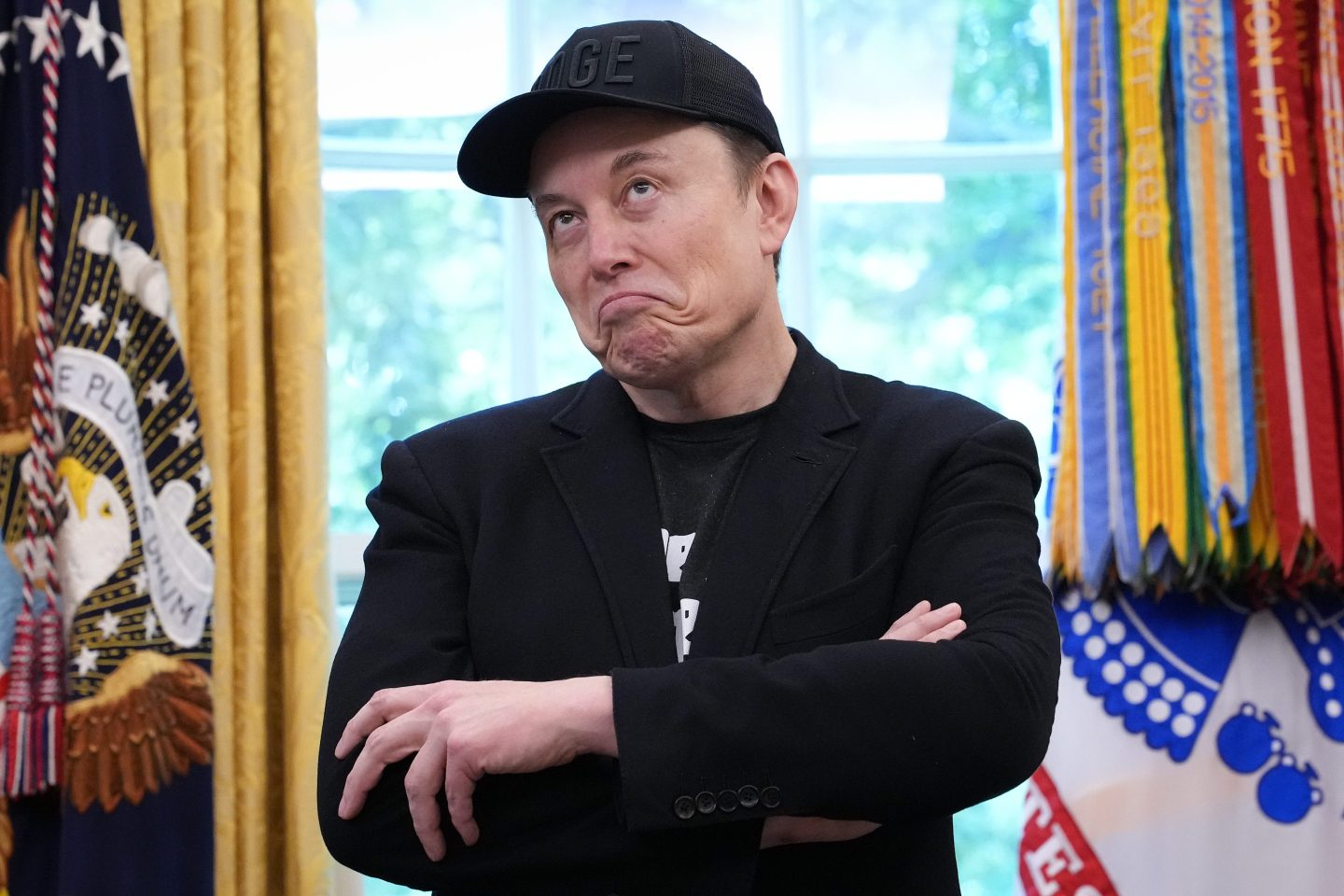It’s hard to question SpaceX CEO Elon Musk’s love and commitment to the Falcon Heavy rocket, which is nearly complete after years of development. But that doesn’t mean he doesn’t have feeling for another rocket. Call it an old flame. A blast from the past, if you will.
Musk took to Twitter on Wednesday morning to share a few images of the Falcon Heavy rocket at Cape Canaveral, Florida. Hours later, Musk launched a mini-tweetstorm sharing some details about the Falcon and declaring his love for the Saturn V, which was developed to support the Apollo program for human exploration of the moon. The Saturn V, which was used by NASA between 1967 and 1973, was later used to launch the first U.S. space station called Skylab.
The Falcon Heavy, one of the most powerful rockets ever made, will be capable of lifting into orbit more than 119,000—the mass equivalent to a 737 jetliner loaded with passengers, crew, luggage and fuel, according to SpaceX. Falcon Heavy is designed to lift more than twice the payload of the next closest operational vehicle, the Delta IV Heavy, at one-third the cost, the company says.
Only the Saturn V moon rocket, last flown in 1973, delivered more payload to orbit. Which is perhaps why Musk loves the Saturn so much.
Falcon Heavy launching from same @NASA pad as the Saturn V Apollo 11 moon rocket. It was 50% higher thrust with five F-1 engines at 7.5M lb-F. I love that rocket so much.
— Elon Musk (@elonmusk) December 20, 2017
According to Musk, the max thrust of the Falcon Heavy at lift-off is 5.1 million pounds, or 2,300 metric tons. The first mission will run at 92%, Musk tweeted. He went on to explain that is all goes “perfectly,” all three rocket booster cores will come back and land. The sides will end up at Cape Canaveral, while the “center” will land on the droneship.
Max thrust at lift-off is 5.1 million pounds or 2300 metric tons. First mission will run at 92%.
— Elon Musk (@elonmusk) December 20, 2017
The rocket has three cores, or first-stage boosters, that work in unison to get the rocket into a low Earth orbit. There are two side boosters and a center core. SpaceX has designed the rocket so that after stage separation all three boosters will land (that would be on Earth) and be able to be reused. The two side boosters will attempt to land at Cape Canaveral Air Force Station and the center core will attempt to land on a droneship stationed downrange, which Musk explained via a tweet.
The Falcon Heavy rocket is expected to launch in January. Musk shared a new photo of Falcon Heavy to show scale.
With people around, so you can see scale pic.twitter.com/e0w1W0nJKv
— Elon Musk (@elonmusk) December 20, 2017
On a side note: the two side boosters have supported other missions. One side booster was used in SpaceX’s ninth resupply mission the International Space Station. The other side booster previously supported Thaicom-8. Each core was separately tested at our Rocket Development facility in McGregor, Texas.










